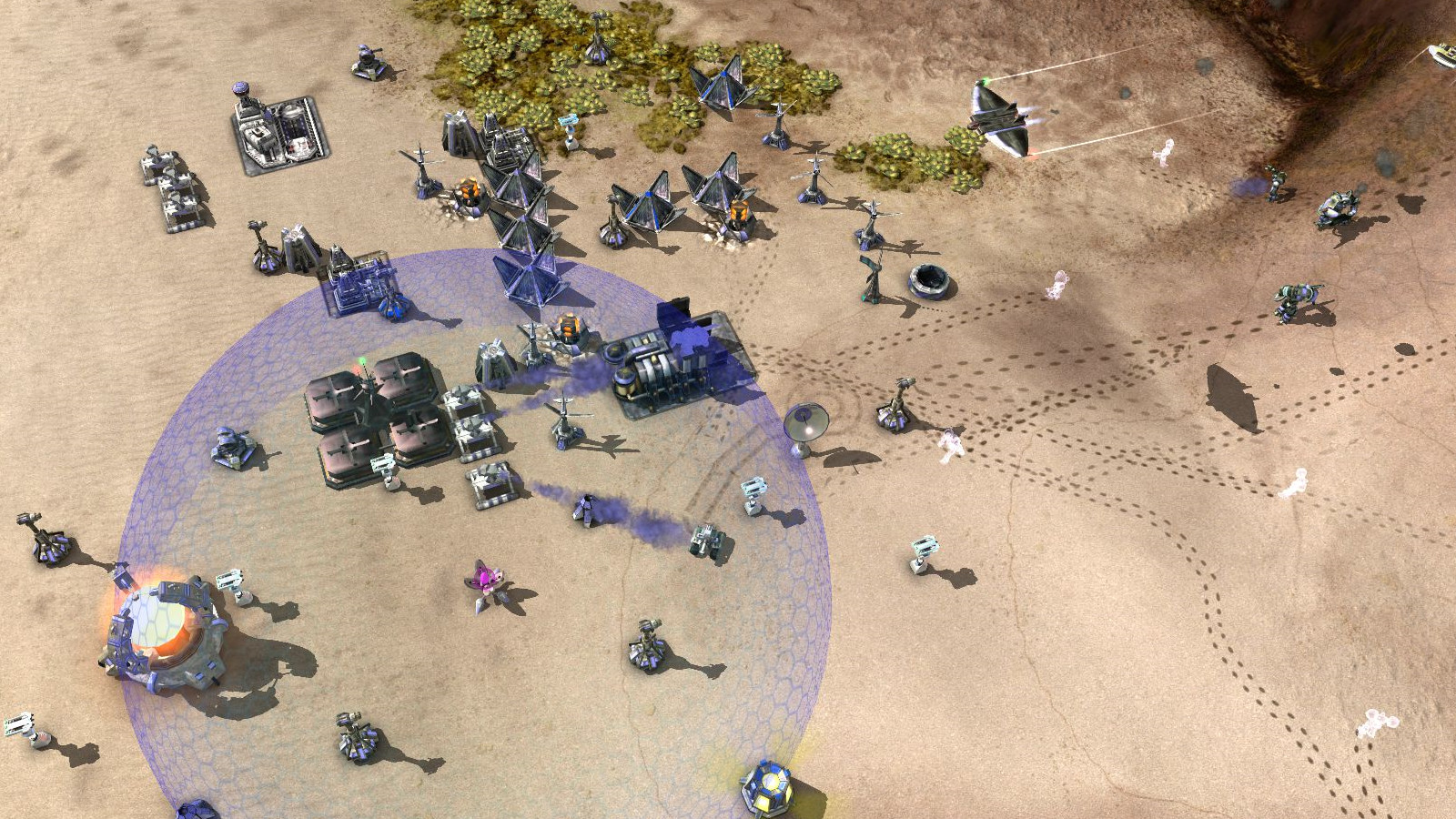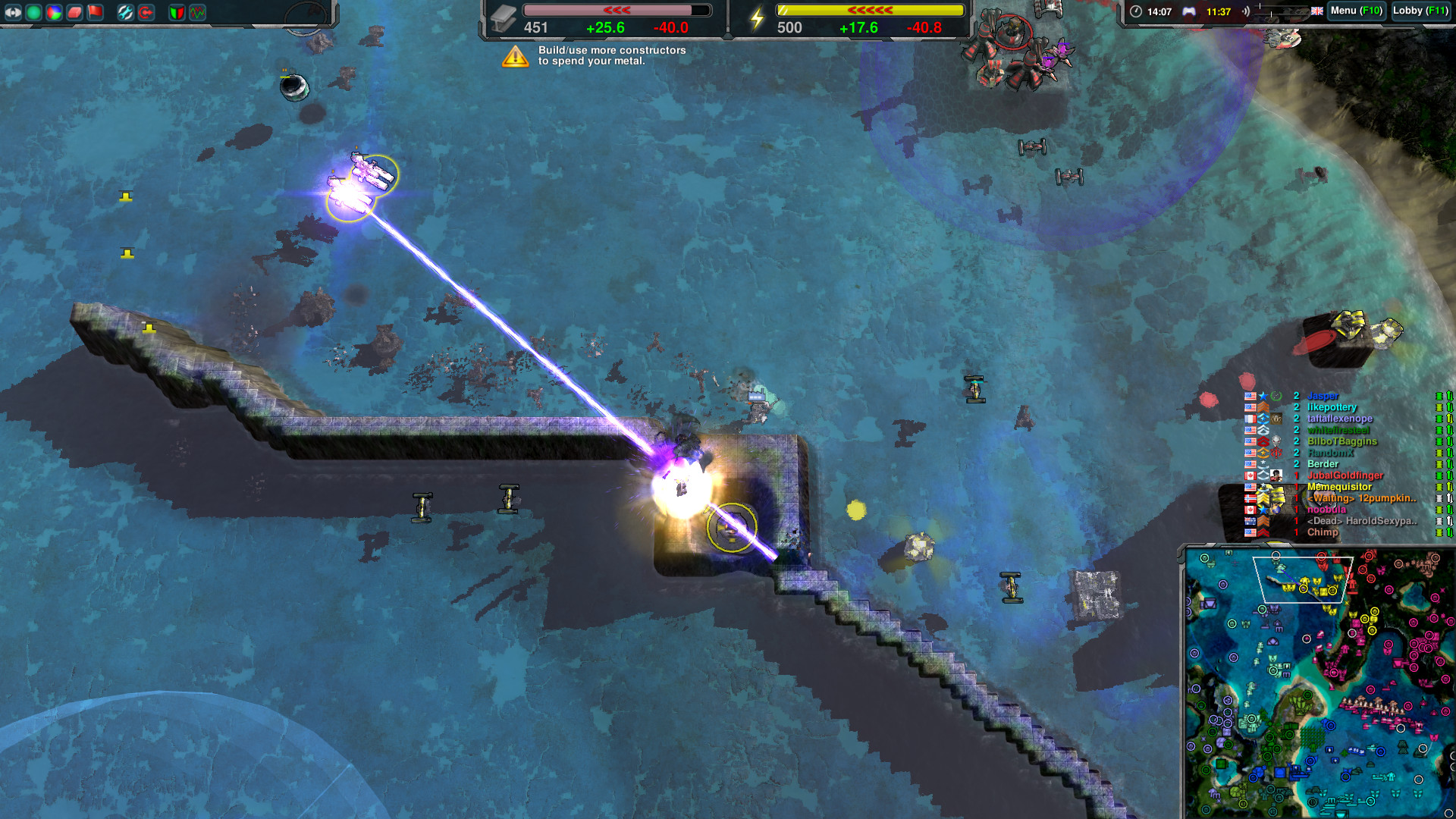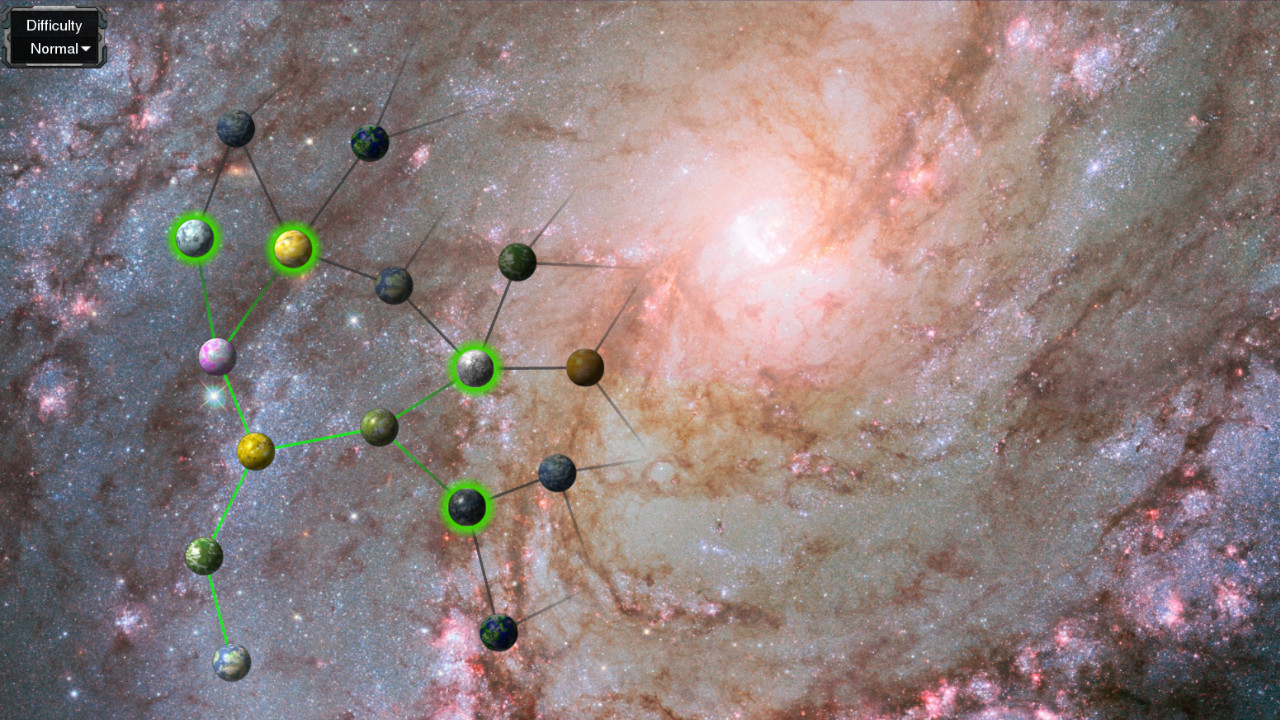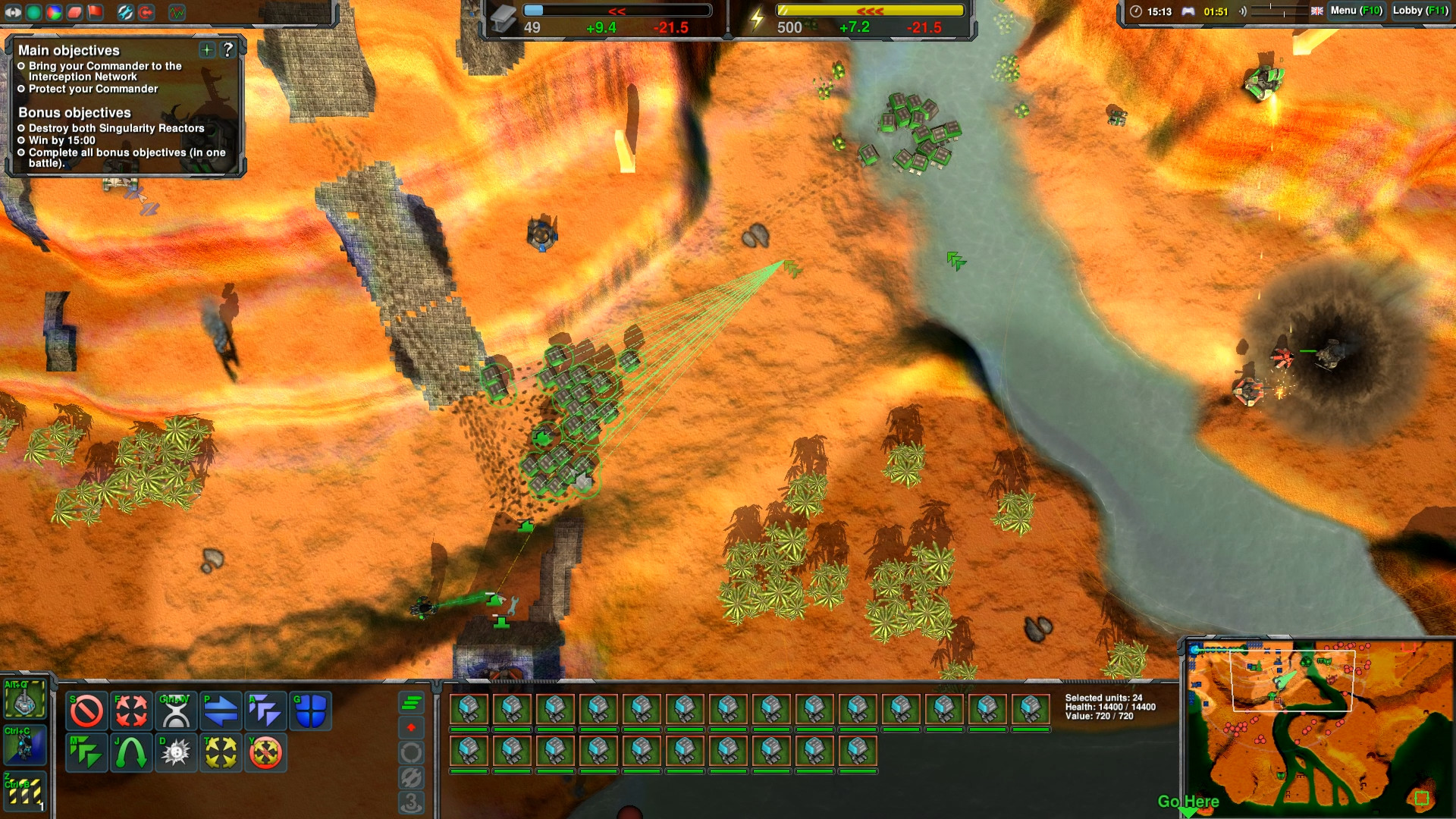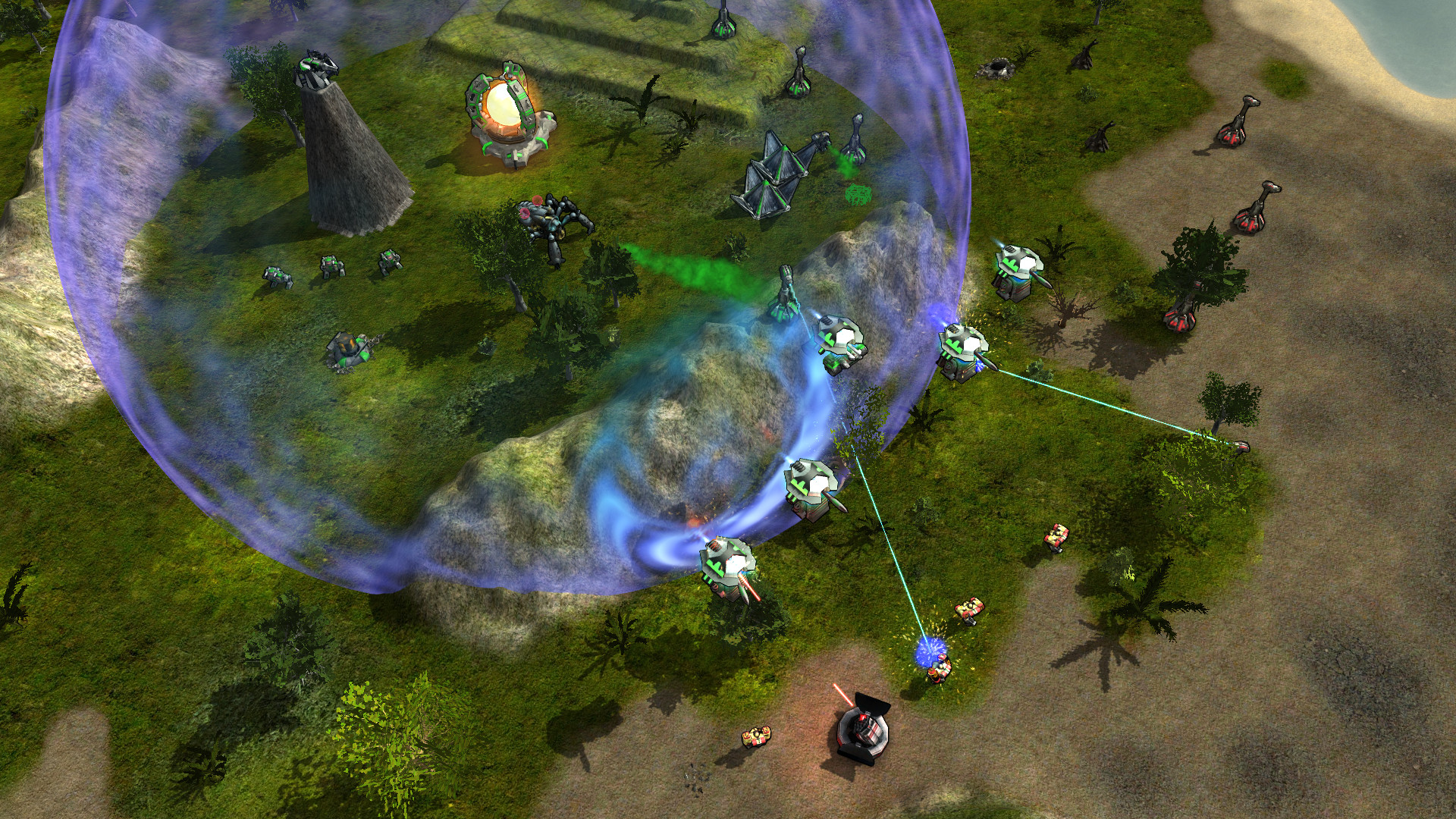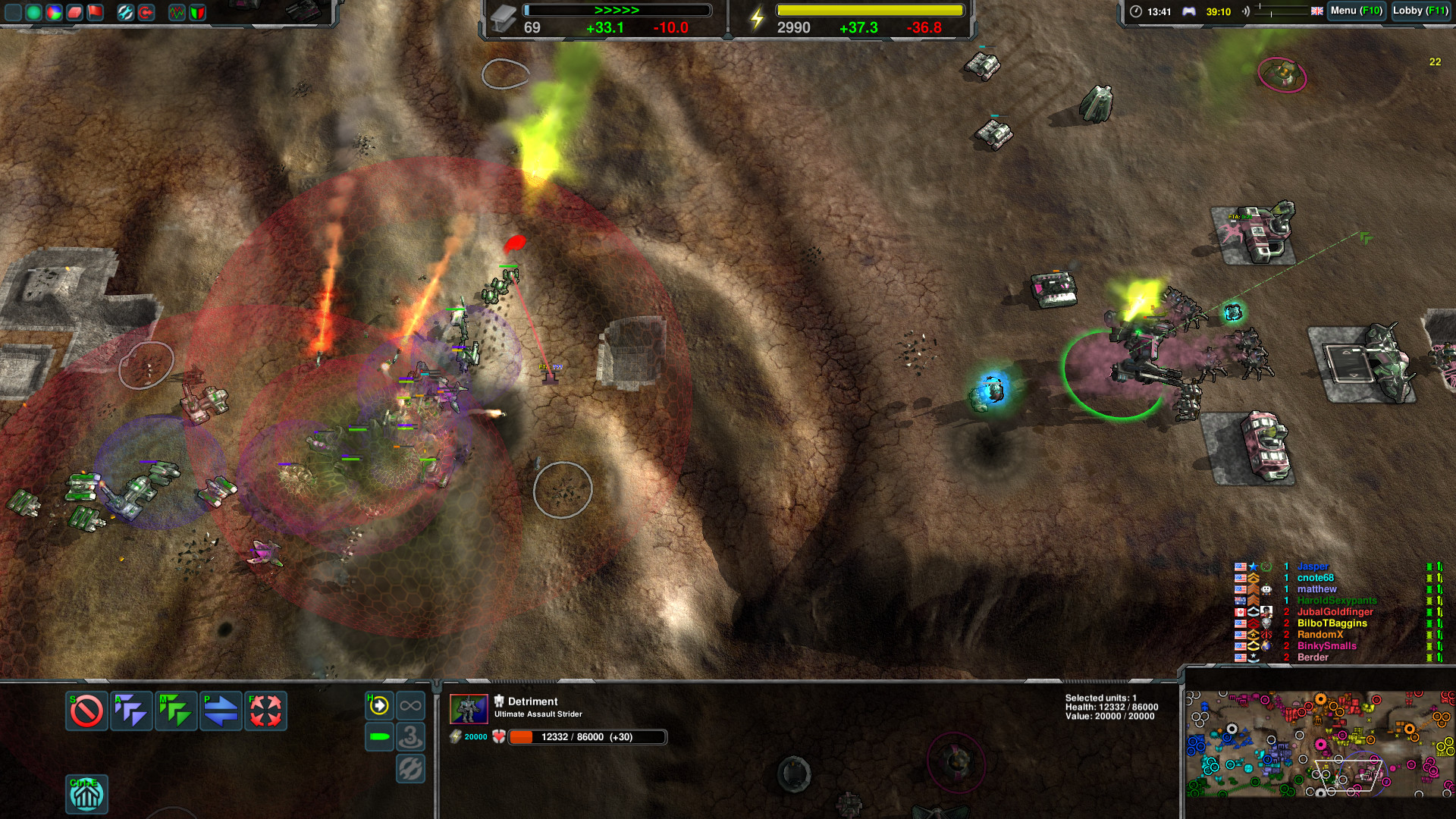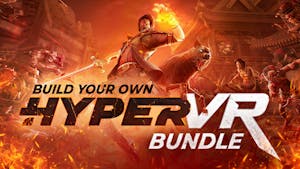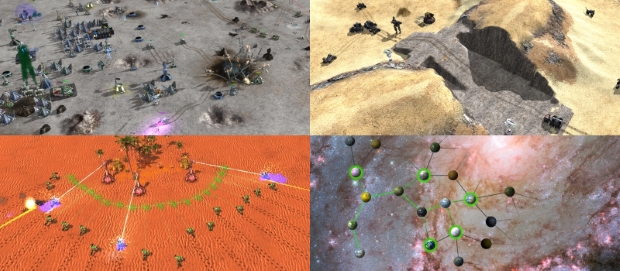
Commander wanted! Construct giant robots, build an army of a thousand Fleas. Move mountains if needed. Bury the enemy at all cost!
- Traditional real time strategy with physically simulated units and projectiles.
- 100+ varied units with abilities including terrain manipulation, cloaking and jumpjets.
- 70+ mission galaxy-spanning campaign to be enjoyed solo or co-op with friends.
- Challenging, (non-cheating) skirmish AI and survival mode.
- Multiplayer 1v1 - 16v16, FFA, coop. ladders, replays, spectators and tournaments.
- PlanetWars - A multiplayer online campaign planned to start in May.
- Really free, no paid advantages, no unfair multiplayer.
Fully Utilized Physics
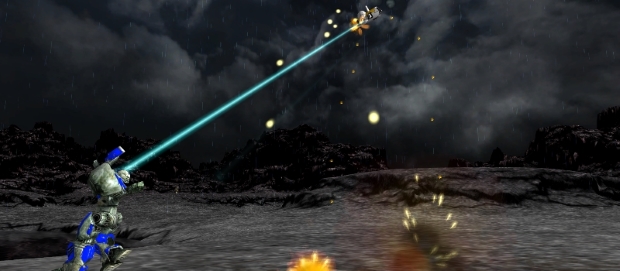
Simulated unit and projectile physics is used to a level rarely found in a strategy game.
- Use small nimble units to dodge slow moving projectiles.
- Hide behind hills that block weapon fire, line of sight and radar.
- Toss units across the map with gravity guns.
- Transport a battleship to a hilltop - for greater views and gun range.
Manipulate the Terrain
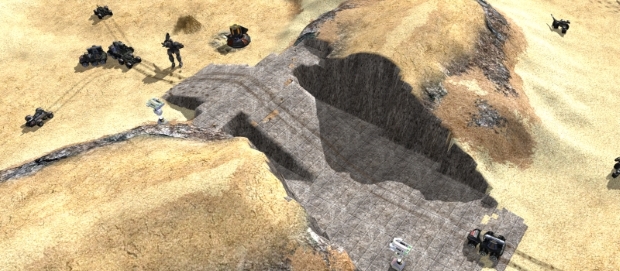
The terrain itself is an ever-changing part of the battlefield.
- Wreck the battlefield with craters that bog down enemy tanks.
- Dig canals to bring your navy inland for a submarine-in-a-desert strike.
- Build ramps, bridges, entire fortress if you wish.
- Burn your portrait into continental crust using the planetary energy chisel.
Singleplayer Campaign and Challenging AI
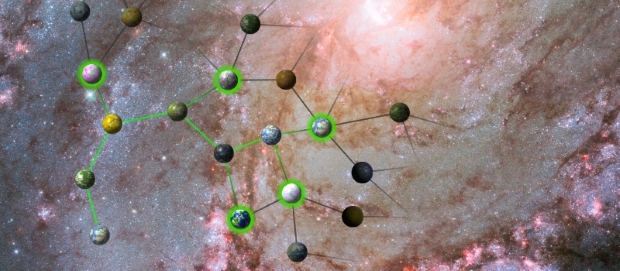
Enjoy many hours of single player and coop fun with our campaign, wide selection of non-cheating AIs and a survival mode against an alien horde.
- Explore the galaxy and discover technologies in our singleplayer campaign.
- Face a challenging AI that is neither brain-dead nor a clairvoyant cheater.
- Have some coop fun with friends, surviving waves of chicken-monsters.
- Cloaking? Resurrection? Tough choices customizing your commander.
Casual and Competitive Multiplayer
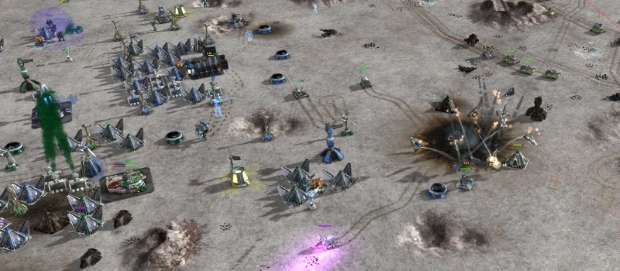
Zero-K was built for multiplayer from the start, this is where you can end up being hooked for a decade.
- Enjoying epic scale combat? Join our 16v16 team battles!
- Looking for a common goal? Fight AIs or waves of chicken-monsters.
- Prefer dancing on a razor's edge? Play 1v1 in ladder and tournaments.
- Comebacks, betrayals, emotions always running high in FFA.
- Want to fight for a bigger cause? Join PlanetWars, a competitive online campaign with web-game strategic elements, diplomacy and backstabbing (currently on hiatus pending an overhaul).
Power to the People
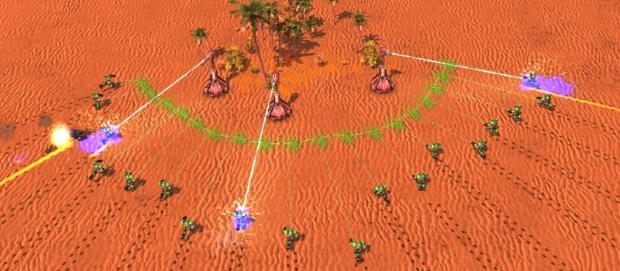
We are RTS players at heart, we work for nobody. We gave ourselves the tools we always wanted to have in a game.
- Do what you want. No limits to camera, queue or level of control.
- Paint a shape, any shape, and units will move to assume your formation.
- Construction priorities let your builders work more efficiently.
- Don't want to be tied down managing every unit movement? Order units to smartly kite, strafe or zig zag bullets.
Plenty of Stuff to Explore (and Explode)
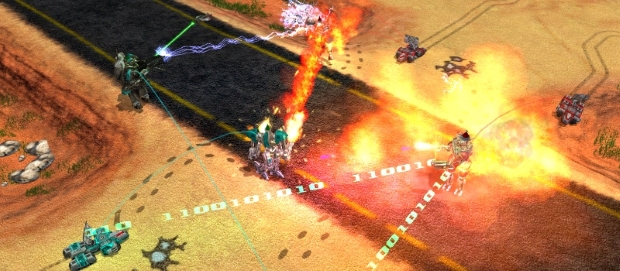
Zero-K is a long term project and it shows, millions hours of proper multiplayer testing and dozens of people contributing ever expanding content.
- Learn to use all of our 100+ units and play on hundreds of maps.
- Invent the next mad team-tactics to shock enemies and make allies laugh.
- Combine cloaking, teleports, shields, jumpjets, EMP, napalm, gravity guns, black hole launchers, mind control and self-replication.
- Tiny flea swarm that clings to walls?
- Jumping "cans" with steam-spike?
- Buoys that hide under water to ambush ships?
- Mechs that spew fire and enjoy being tossed from air transports?
- Carrier with cute helicopters?
- Jumping Jugglenaut with dual wielding gravity guns?
- Meet them in Zero-K!
Zero-K maps set surprisingly few hard restrictions on unit movement. Instead, many of them mainly use terrain to influence the value of locations, as well as how easy they are to reach and defend. There is also plenty of space for huge cliffs and vast seas, but what really sets our terrain apart is the subtle effect of each hill and valley. This is before even considering how explosions and terraforming change the terrain during the game. Terraforming elevates terrain, but it requires a strong foundation of important and nuanced terrain to make any sense. So for now it is time to look at how Zero-K uses terrain.

Maps can be decomposed into three main parts.
- Shape: How high the terrain is at each point on the map.
- Texture: The colour, reflectivity, and graphical roughness painted onto the terrain.
- Resources: The metal spots, geothermal vents, and reclaimable rocks and trees.
One of the more striking features of Zero-K terrain is how solid it is. Very little can pass through a wall of solid rock, but in most strategy games units are able to shoot through cliffs with ease. But beyond physical projectiles , there is also the sense that the three-dimensional shape of terrain really matters. Terrain in the average strategy game amounts to little more than a binary mask that neatly splits the map into walkable and non-walkable. A sense of height is often limited to layers of plateaus, with ramps between them, which may block sight or impose a penalty for shooting up to a higher level. Zero-K terrain is not divided into levels, it varies smoothly, and the penalties flow from natural features of terrain, such as hills being opaque and difficult to climb.

Weapons being blocked by terrain is so important that many are designed around whether they fire in an arc or need a direct line of fire. Lasers travel in straight lines, so are blocked by small hills, while a large mountain might block all but the highest-trajectory plasma cannons and missiles. This effectively gives us a dynamic and directional cover system, one which depends on understanding the shape of the map rather than a more gamey type of bonus. This form of cover gives shorter ranged armies ways to close in on their targets, for example, by walking in a ditch or hugging the lee of a cliff. Cresting hills and ramps is also really impactful, since units climbing a hill can only shoot at the other side once they reach the top. However, everything in the valley below can shoot as soon as a target appears against the horizon. This creates shifting asymmetries all over the map, resulting in a complex system of positional advantages.

Units at the top of a hill are quite exposed, but the upside is that they can see everything around them. Terrain blocks line of sight and radar, which makes high places ideal for scouts and radar towers. Ridges create radar shadows that allow for stealthy army movements until they are crested. Even units that can shoot over terrain will need something to spot targets on the other side. A seemingly empty hill may actually be home to a cloaked scout, spotting for artillery below.
Hills are also a good place to put many units, since a common weapon type, the plasma cannon, has ballistic trajectory. This gives it a range bonus when shooting down and a penalty when shooting up. Lasers do not fare so well, since their spherical 3-dimensional range causes them to lose range while shooting up or down, while missile range is unaffected by height. This is important for deciding which units to use where. When attacking up a ramp you might want to use missiles, while attacking downwards is best done with plasma cannons, all else being equal.

Units suffer a speed penalty when climbing terrain, which makes hills even more attractive. This can be a doubled-edged sword, as retreating back up a hill after a downhill assault is also more difficult. In addition to the tactical uses, bumpy terrain also slows units down while moving around the map. Terrain can also form hard boundaries by having slopes that are too steep for units to climb. This depends on the slope tolerance of the unit: vehicles have low slope tolerance, bots (walking robots) have moderate slope tolerance, and spiders are able to climb everything.
Slope tolerance is a hard threshold in an otherwise smooth system, which is a dangerous thing to expect players to handle. We only use two thresholds, one for bots and one for vehicles, to keep things simple. As far as I am aware these values are unchanged since Total Annihilation . Maintaining compatibility across maps is too important and any change would break a lot of maps. Mappers need to be careful to stay away from the slope tolerance thresholds, lest we end up with frustrating pathfinding on spotty or ambiguous ramps. These thresholds can cause trouble for highly realistic terrain, since walkability can be quite hard to parse. Ideally the map texture helps players understand the terrain, and avoid misleading them. Many maps navigate the pitfalls without issue, and they tend to use slope rockiness to delineate the slope thresholds.

One of my favourite things about our terrain is that it makes the whole map playable. Every minor bump is potentially relevant to how units behave, there are no purely aesthetic set pieces off in the distance, away from the game. For example, a craggy cliff has more surface area than a smooth cliff, so it takes longer for a spider to climb. If terrain looks different, it plays different. This lack of "pure asethetics" may be seen as limiting artistic freedom, but I see it as tying art and mechanics together in a way that benefits both. The precise cragginess of a cliff rarely matters, but when it does, it emphasizes the mapper's stylistic choices. It makes the map feel like a distinct landscape, rather than a mere picture of a landscape. The mountains in Zero-K are not just eye candy that units have to walk around; their shapes really matter when the artillery starts flying.
The result of all this is that two maps can have a similar resource layout, be fully walkable by bots, and play completely differently. Many 1v1 maps fit this description, with the differences coming from how hills slow movement and block weapons as well as line of sight. The natural battle lines and strong points created by hills and valleys give each map a distinct feel. We have even considered a mapping contest based on a single resource layout, and with the restriction that bots must be able to walk everywhere. Vehicles are rarely able to drive everywhere on maps, since their slope tolerance is so low, but this in itself is an important part of giving the factories different roles .

Working through the implications of solid and nuanced terrain was a long process, with blocking weapon fire alone introducing many broken interactions. Not the fun type of "broken", such as putting Outlaws in holes, but uninteresting exploits such as making turrets effectively invulnerable from certain angles. It took a lot of attention to detail to sort out all the edge cases, and I have not heard of any for years, so perhaps we got them all. The process was greatly accelerated by terraforming, as a player with the ability to freely manipulate the map is nowhere near as benevolent as the original mapper. We get a lot more out of terrain manipulation, but that topic needs its own article.
Index of Cold Takes
Minimum Setup
- OS: Ubuntu 13.04 or equivalent
- Processor: 2.0 GHz dual core CPU with SSE (Intel Core 2 Duo or equivalent)Memory: 4 GB RAM
- Memory: 4 GB RAM
- Graphics: 512 MB graphics card with OpenGL 3 support (GeForce 8800 or equivalent)
- Storage: 6 GB available spaceAdditional Notes: 64bit only. Big Picture mode is not supported
Recommended Setup
- OS: Ubuntu 17.10 or equivalent
- Processor: 3.0 GHz quad core CPU (Intel Core i5 or equivalent)Memory: 8 GB RAM
- Graphics: 2048 MB graphics card with OpenGL 3 support (high GT 500 series or equivalent)Network: Broadband Internet connection
- Storage: 8 GB available spaceAdditional Notes: 64bit only. Big Picture mode is not supported
[ 6444 ]
[ 2268 ]
[ 1913 ]

